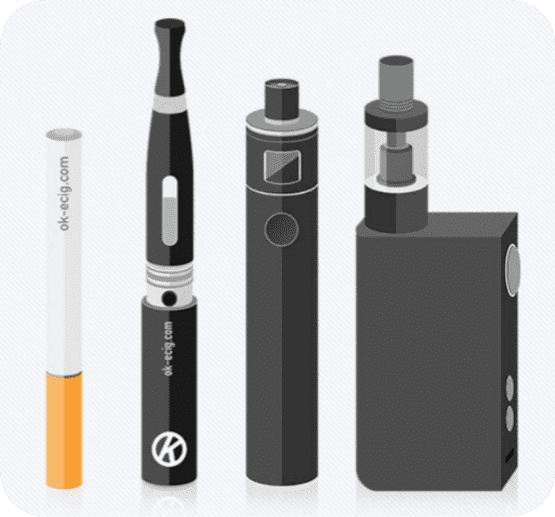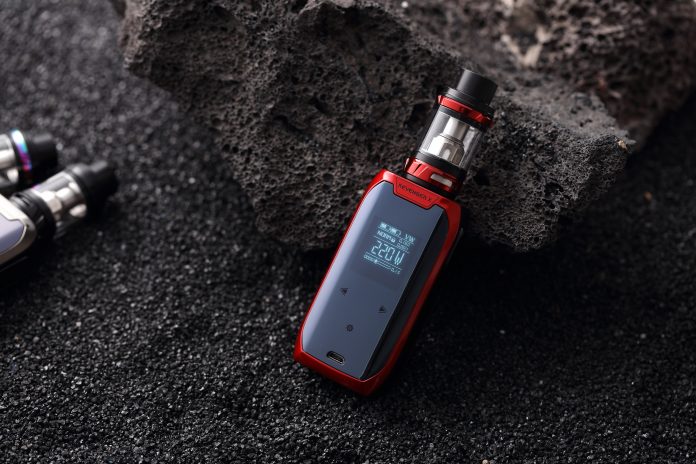
What is vaping? Electronic Smoking Products (ESPs), like e-cigarettes, turn liquid containing nicotine or THC (“e-juice”) into a vapor that can be inhaled, or “vaped”. E-juice can contain many harmful ingredients including propylene glycol (used in antifreeze).
The popularity of vaping has led to the design of a number of different ESP devices, like the Juul, that deliver high amounts of nicotine to the brain, much like cigarettes. Regardless of how nicotine gets into the body, the risks of use include an increased chance of depression, heart issues, and ongoing addiction. Although it causes damage to brain cells regardless of the user’s age, nicotine can be particularly bad for a developing brain. The damage done by nicotine to the hypothalamus, the part of a teenager’s brain related to learning and memory, is very concerning.
The community needs to pay attention to how the industry advertises ESPs. As with past tobacco advertisements, ESP ads use pictures of attractive young people having fun together in exciting places. Research shows that youth have a stronger desire to try ESPs after viewing these ads. The industry also suggests that ESPs are “safer” than cigarettes. Advertisements do not mention that ESP use carries its own risks (including asthma and bronchitis), and that, because vaping is a fairly new behaviour, we do not yet know what long term use can do to the brain and body.
Research shows that parents and other adults can help lower the risk of youth tobacco use by talking about tobacco with children early and often. Informal conversations can happen naturally when you spend time together. Adults can help youth think about the pros and cons of vaping, and the negative impact vaping can have on the things that are most important to them, like playing sports, having money for other things, or having the power to make your own decisions (instead of becoming addicted). Listen to how the child or teen feels about the topic, ask about whether and when they feel pressure to use nicotine, or talk about what they would do if a friend offered them the chance to vape. Most importantly, know the facts and keep talking!
-Community Health Promotion Services, Alberta Health Services
Reference: Hammond D, Rynard VL, Reid JL. Changes in Prevalence of Vaping Among Youths in the United States, Canada, and England from 2017 to 2019. JAMA Pediatr. 2020;174(8):797–800. doi:10.1001/jamapediatrics.2020.0901









